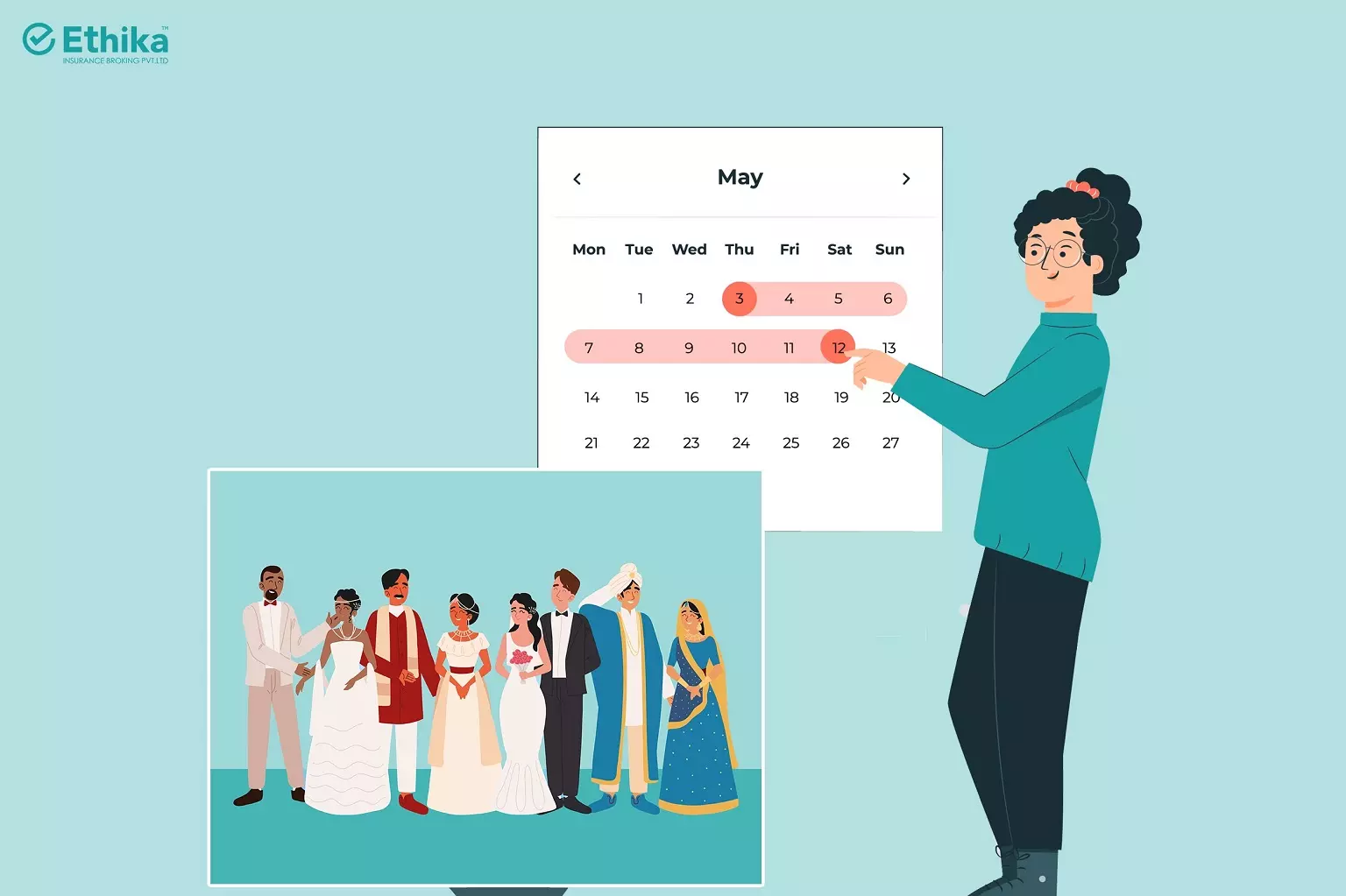
Marriage leave is a type of leave granted by employers to their employees on the occasion of their marriage. Typically, marriage leave is taken from the employees’ balance of casual or earned leaves. Employees can take marriage leave for up to 15 days with prior approval from their immediate supervisor and HR. It’s important to note that marriage leave is not added to the balance since it is deducted from the earned or casual leave balance. This type of leave is specifically granted for marriage purposes.
Although marriage leave is not legally mandatory in India, many organizations have introduced this concept to allow employees to take time off for their weddings. IT companies like TCS, Genpact, and Infosys permit their employees to avail marriage leave of up to 15 days. Other companies also offer marriage leave for a specific number of days. While there is no mandatory requirement to submit a marriage invitation to the HR department, some companies may request it.
Approval for marriage leave depends on the workload of the employee’s team and the company’s needs. Discussing the leave well in advance with the reporting manager and making clear plans for it is crucial. Currently, mandatory leave for 15 days at any time of the year has not been implemented by organizations. If such mandatory leave is introduced, it will be deducted from the employee’s leave account balance.
Employees can request block leave for marriage and inform their manager and HR beforehand. Proper intimation to management is expected when availing marriage leave. In most cases, marriage leave is only granted for the first marriage of an employee as a legal requirement. In the case of multiple or remarriages, employees must seek special permission from HR and utilize their earned leave balance. The management retains the right to recall an employee if a specific requirement exists in an ongoing project. It is rare for an employee to return to work immediately after their marriage.
Read More:- Maternity Leaves Rules in India – 2023
What’s on this page?
Marriage Leave is Deducted From the Earned or Casual Leave Balance. Here are the Details of These Types of Leaves:
Earned Leaves (EL)/ Privilege Leaves (PL):
Earned leave, also known as privilege leave, is granted to employees based on their tenure with the organization. Employees earn these leaves based on the number of days worked in the previous year or quarter, excluding holidays, weekends, and non-working days. Earned leaves are typically planned for marriage, vacations, or other functions. Privilege leaves are mandatory and governed by labor acts, factory acts, and regulations by the Ministry of Labor and Employment. They can be carried forward to the next quarter or year, subject to the rules set by state governments. Unused earned leaves can be monetized upon separation from the company, with the encashment based on the employee’s last salary.
Earned leaves are the exclusive type that can be converted into cash if they remain unused during the employment period. The amount of cash conversion is based on the employee’s last drawn salary. The maximum limit for encashable leaves varies as per the regulations set by the state government. The calculation considers the employee’s basic pay or gross income during the encashment process.
Privilege leave is an extended break, typically involving more than 3-4 consecutive days off. Employees usually opt for this type of leave only after exhausting their other options, as privileged leaves can be converted into cash, while other leaves are non-convertible.
Casual Leaves (CL):
Casual leaves are provided by some employers to accommodate unexpected employee needs. Some companies allocate a portion of earned leaves as casual leaves, while others grant additional casual leaves. These leaves can be taken for a full or half day. Casual leaves are mandatory in certain states and optional in others, with most states providing up to 12 casual leaves. They can be utilized throughout the calendar year but cannot be carried forward to the next year. The number of casual leaves granted varies between states.
Casual leaves throughout the year, but remember they can’t be carried over to the following year. The calculation for casual leaves depends on the days you worked in the previous year. Keep in mind that the number of leaves allowed may differ between states.
Sick Leave (SL):
Sick leaves, also known as medical leaves, are required by industrial acts in India. Employees can take sick leaves without prior notice to cover unforeseen circumstances such as illness. Sick leaves cannot be carried forward to the next year and must be utilized within the same calendar year. The standard number of sick leaves is usually 14 days in most states. It is important to note that sick leaves are mandatory and cannot be accumulated. Any unused sick leaves expire at the end of the calendar year. Employers may request a medical certificate for sick leave claims to prevent misuse.